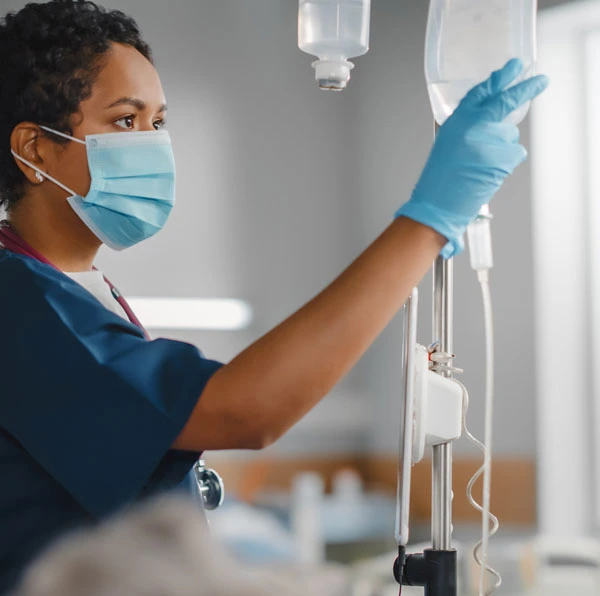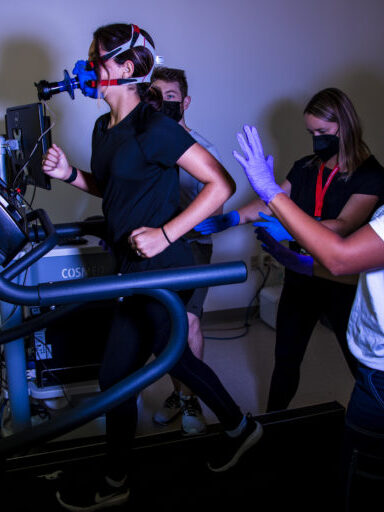YOU ARE BOUVÉ

Patient safety is critical to the delivery of quality healthcare. It not only affects the well-being of the patient but also the emotional and physical health of the staff, and it is vital to the financial solvency of any healthcare system or facility.
High standards of patient care with a commitment to a culture of safety can reduce medication or transportation errors, physical injury, and more. Patient safety is the responsibility of all, from the C suite level, to those who have direct contact with patients, everyone from clinicians to custodial staff. Our courses prepare you for IHI Certification.


At Northeastern, our Graduate Certificate in Patient Safety provides the next generation of patient safety experts with the knowledge and practical skills needed to design safer systems of care and promote a culture of safety.
The program follows the vision and mission of the Institute of Healthcare Improvement (IHI) and empowers learners to work toward being a “Certified Professional In-Patient Safety” (CPPS) through the Institute.
The program is for clinicians who wish to incorporate the latest skills, knowledge, and principles to ensure safety for patients and colleagues. It is also relevant to healthcare leaders and administrators who wish to implement the most up-to-date patient safety practices and policies in their organizations.
To apply you need a minimum of a baccalaureate degree or equivalent.
Interprofessional Graduate Certificate
4 course, 12 credit
Full-time or part-time
100% online learning
with flexible modules
Application deadline: August 1
F-1 Eligibility:
Due to the online nature of this program, Northeastern University cannot support students, who require F-1 non-immigrant status, to study within the United States. However, students, who wish to pursue this program from their country of residence, are welcome to apply.



This certificate will prepare you for IHI Certification in the following ways:
Use systems theory and concepts to design and/or evaluate safety improvement strategies that advance healthcare quality and safety.
Analyze the impact of national regulatory and policy decisions on patient safety in healthcare.
Describe high reliability strategies and discuss how they can be adapted for healthcare systems.
Explain the role of communication errors in undermining patient safety.
Analyze the concept of safety culture on healthcare delivery.
Analyze the impact of adverse events and medical errors on clinician wellness.
Demonstrate how effective data collection and measurement tools advance patient safety.
Analyze the effectiveness and limitations of a quality improvement model.